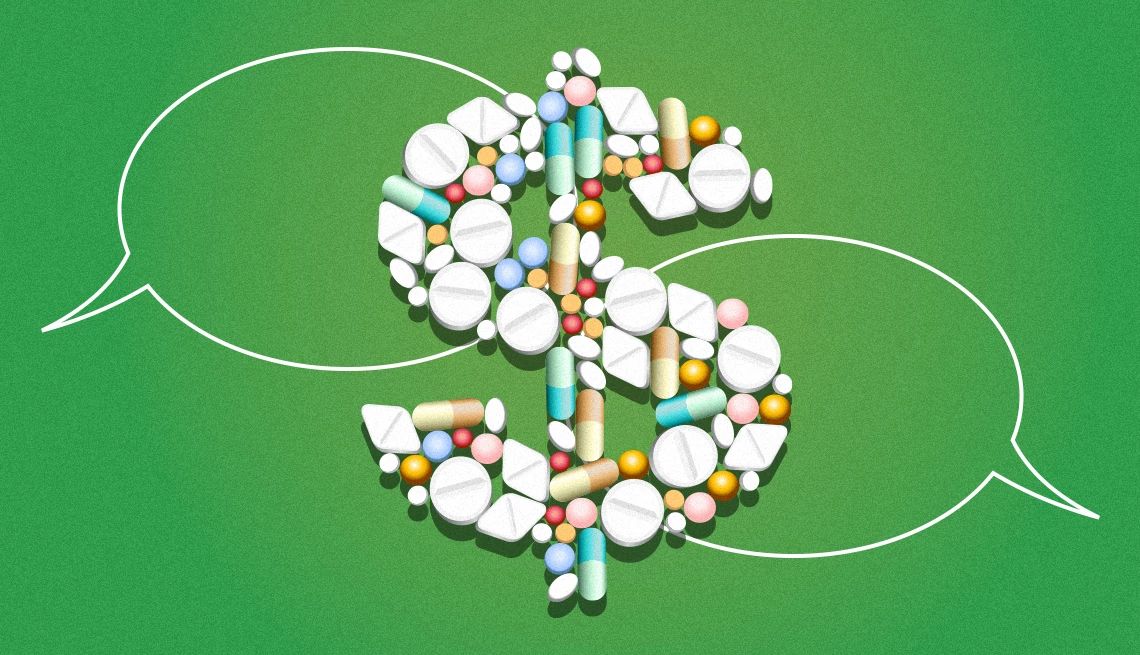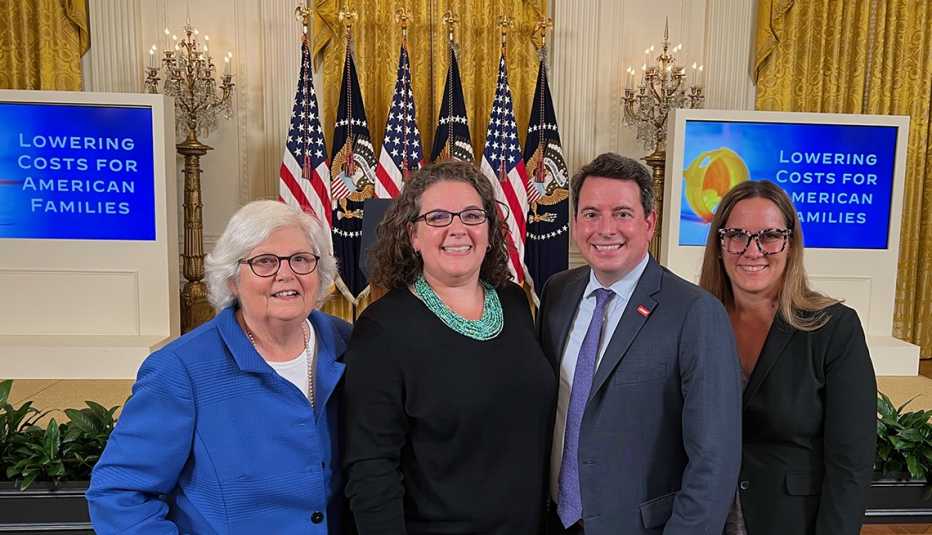Some of the negotiated prices are steep discounts compared to the drugs’ list prices. For example, a 30-day supply of Januvia, a diabetes drug, is discounted 79 percent from the 2023 list price. And the negotiated price for the NovoLog pen, also used for diabetes, is 76 percent lower than the list price.
Comparisons to list prices, however, don’t give a clear picture on how much less Medicare’s prescription drug plans will pay for the 10 medications, since plans often negotiate lower prices. These prices are kept confidential.
“It’s difficult to say exactly how much Medicare prescription drug plans were paying for the 10 medications, but the savings expected by CMS indicate that it was able to negotiate prices that were even lower,” says Leigh Purvis, AARP’s prescription drug policy principal.
The 10 drugs treat common conditions among older adults
- One person dies of a blood clot every six minutes in the U.S., according to the Centers for Disease Control and Prevention (CDC). About 1 in 10 Medicare enrollees have heart conditions that put them at risk for blood clots.
- About 28 percent of Medicare enrollees have diabetes, which is one of the top 10 leading causes of death in the U.S.
- About 42 percent of Medicare enrollees ages 65 and older have at least one heart-related condition. Heart disease is the leading killer in the U.S.
- About 1 in 4 adults with Medicare have chronic kidney disease.
- Thirty-five percent of Medicare enrollees have arthritis (osteoarthritis or rheumatoid arthritis).
- About 15 percent of adults with Medicare have a cancer diagnosis.
Source: U.S. Department of Health and Human Services
Lower prices are result of AARP-backed law
The first 10 prescription medications selected for negotiations were identified last August as part of an AARP-backed prescription drug law that expands health care benefits and lowers out-of-pocket expenses for millions of older Americans with Medicare.
Federal officials picked the 10 drugs from a list of 50 medications that Medicare Part D spends the most on and are among the most used. Any selected small molecule drugs — medications you typically get at the pharmacy and take orally — must have been approved by the U.S. Food and Drug Administration (FDA) for at least seven years with no generic alternative. Biologics, which are drugs made from living organisms rather than chemicals, must have been FDA approved for at least 11 years with no similar alternatives.
The 10 selected drugs accounted for more than $56 billion in Part D spending in 2023, according to HHS, and people with Medicare prescription drug coverage taking these 10 medications paid a total of $3.4 billion in out-of-pocket costs in 2022.
“Today’s announcement marks a significant step forward in our long-standing efforts to lower prescription drug prices,” says Nancy LeaMond, AARP executive vice president and chief advocacy and engagement officer. “AARP members from across the political spectrum overwhelmingly called lowering prescription drug costs a top concern — and this first round of Medicare-negotiated prices will bring financial relief to millions of older Americans.”
VIDEO: AARP’s Fight Pays Off with Medicare Rx Drug Savings
Many older Americans struggle to afford medication
A 2023 survey from AARP shows that 60 percent of older adults are very or somewhat concerned about being able to afford the prescription medication that they or someone in their family needs, and HHS reports that more than 5 million Medicare enrollees face challenges when it comes to affording their prescription medications.
This can have dangerous consequences. A 2023 poll from the health policy nonprofit KFF found that about 30 percent of adults don’t take their medications as prescribed due to high costs.
Several polls, including research conducted by AARP, have found overwhelming public support for price negotiations between the federal government and drug makers.
Barbara Fabyan’s 73-year-old husband takes three medications whose prices were negotiated by Medicare. Before he started taking these and other drugs, the couple never hit Medicare Part D’s coverage gap — a temporary limit on what the prescription drug plan will cover for a person’s medications.
But in 2023, they reached the gap in March and noticed a significant jump in how much they paid out of pocket when they filled their prescriptions. “Talk about a sticker shock at the pharmacy,” says Fabyan, a retired educator near Fort Wayne, Indiana.







































































More From AARP
FTC Blasts PBM Business Practices
Report is critical of influence over medication access, affordabilityState Efforts to Lower Drug Costs in 2023
A look at efforts to lower prescription drug costs10 Prescription Drugs With Excessive Price Hikes
AARP report finds hundreds of common medications outpace inflationRecommended for You